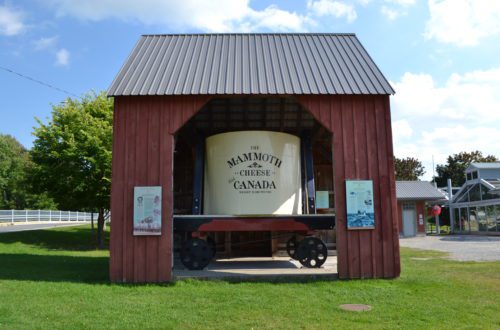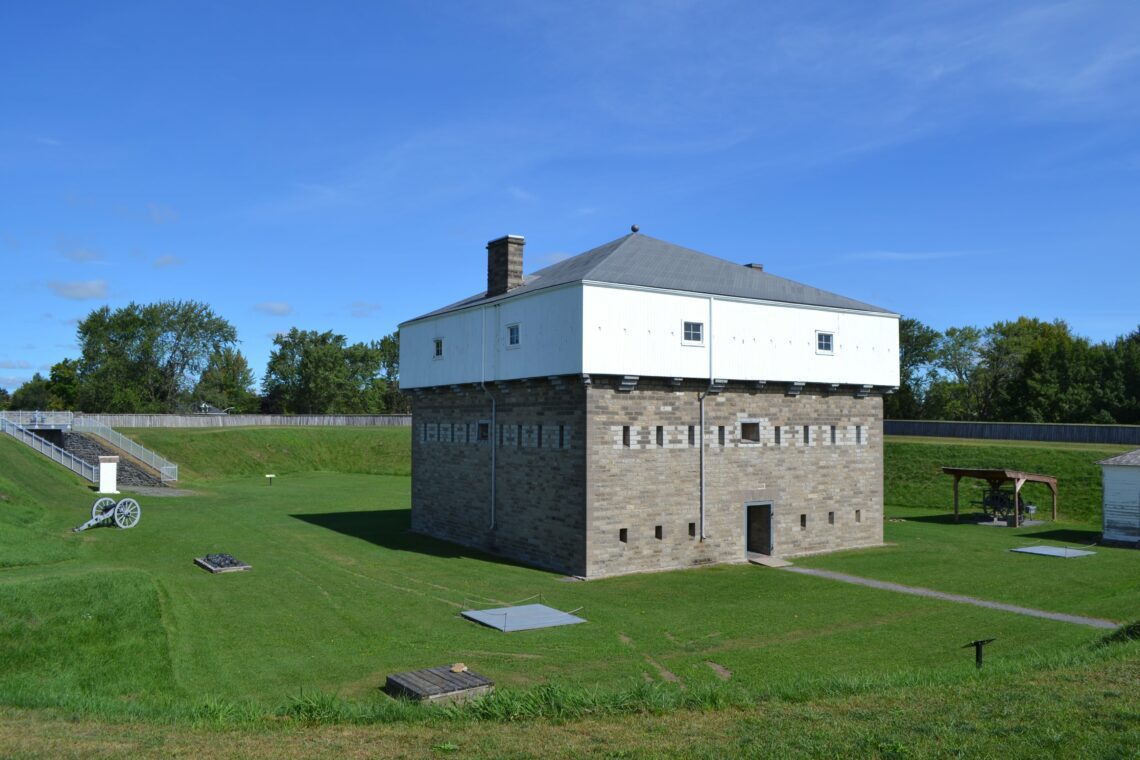
Small Town Canada Spotlight: The Fort Wellington National Historic Site of Prescott, Ontario
In another edition of Small Town Canada Spotlight, we’ll be learning more about the historic Fort Wellington, located in Prescott, Ontario. This fort was an integral element in protecting the region from potential American invaders throughout the 1800s.
Before the arrival of Europeans to Grenville County, the area was inhabited by the St. Lawrence Iroquois. During the 17th century, the French began their occupation, starting with a supply depot and fortified outpost named La Galette on the way to Fort Frontenac (now Kingston). This site was ultimately abandoned in favour of Fort Lévis, which was built on Isle Royale (Chimney Island) in the centre of the river.
The region transformed into a battleground during the 1754-1763 French and Indian War between Britain and France since both parties wanted to control a key stretch of the St. Lawrence River. This dispute led to the Battle of the Thousand Islands in 1760 when 10,000 British and Iroquois troops attacked the French at Fort Lévis and took over the site. The British renamed the fort Fort Willliam Augustus before abandoning it in favour of Fort de La Présentation (renamed Fort Oswegatchie).
The Town of Prescott was founded in 1810 by Major Edward Jessup, a Loyalist soldier during the American Revolution. After fighting with the King’s Royal Regiment of New York and leading his own Loyal Rangers, Jessup guided a group of United Empire Loyalists to the region and laid out a townsite with his son. They named the village after a former Governor-in-Chief, Robert Prescott, and focused on building a concentrated settlement.
During the War of 1812, the now-American-occupied Ogdensburg and Fort Oswegatchie were used as a base to raid settlements in Upper Canada. The two Jessup home plots were taken by the British Army for use as barracks, and the troops later constructed a purpose-built fort.
The Creation of Fort Wellington
Fort Wellington was built during the War of 1812 as Sir George Prevost, commander of the British forces in North America, ordered the construction of a more permanent fortification. The construction of the fort was completed in 1814 to protect the head of the Gallap Rapids in the St. Lawrence. While it didn’t see any action during the War of 1812, it was used as an assembly point for regular troops and militia.
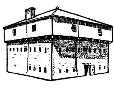
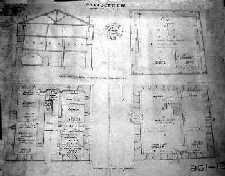
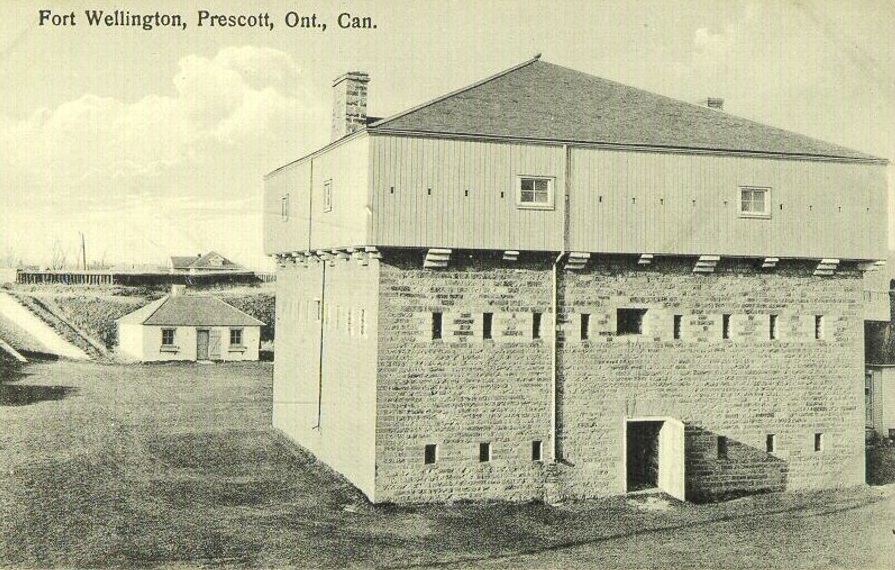
By 1833, the British abandoned the fort completely and the blockhouse and area remained the property of the British Board of Ordnance. In 1838, during the Upper Canada Rebellion, a new fort was commissioned for construction on top of the earthwork of the first fort after it had deteriorated beyond repair. The fort became the main supply base for the British Army and the Canadian Militia in the region, which made it an enticing military target for enemy forces.
A group of Hunter Patriots attempted to land at Prescott and looked to use Fort Wellington as a beachhead for an invasion into Upper Canada. They were blocked by the town’s militia and fled downriver, landing at the small hamlet of Newport. This move allowed the group to have a strong defensive position dominated by a large stone windmill, but it didn’t seem to help much since The Battle of the Windmill led to the eventual end of the Hunter Patriots.
As tensions eventually eased along the border, the fort was no longer needed. Troops were withdrawn in 1854 before the fort was occupied again in 1866. Fort Wellington’s active military use ended in 1869 when it became a storehouse and, at intervals, a training ground for the local militia. After the creation of the Dominion of Canada in 1867, Fort Wellington became the property of the Department of Militia and Defence, which became the fort’s sole occupant until 1923. At the request of the Historic Sites and Monuments Board of Canada, management of the property was handed over to the Department of the Interior because the board planned to identify Fort Wellington as a place of national historic importance.
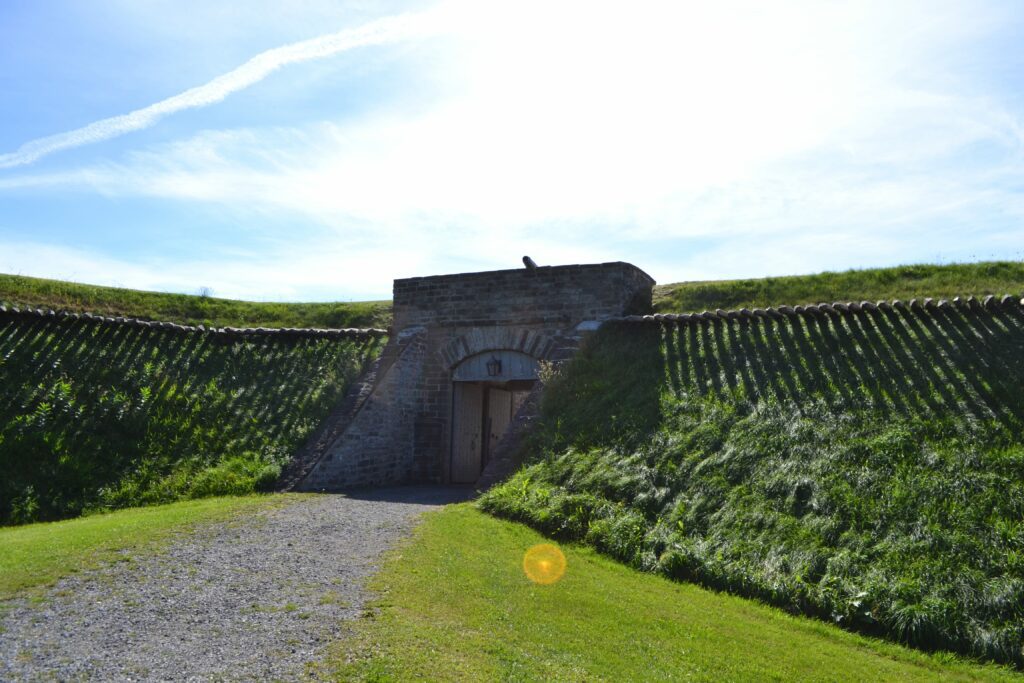
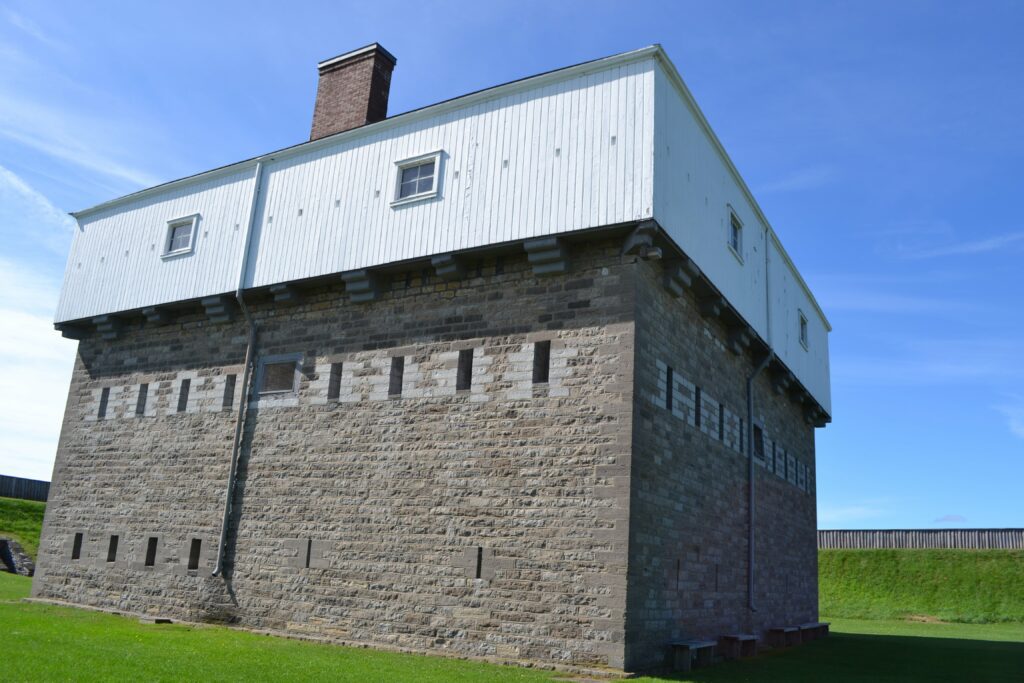
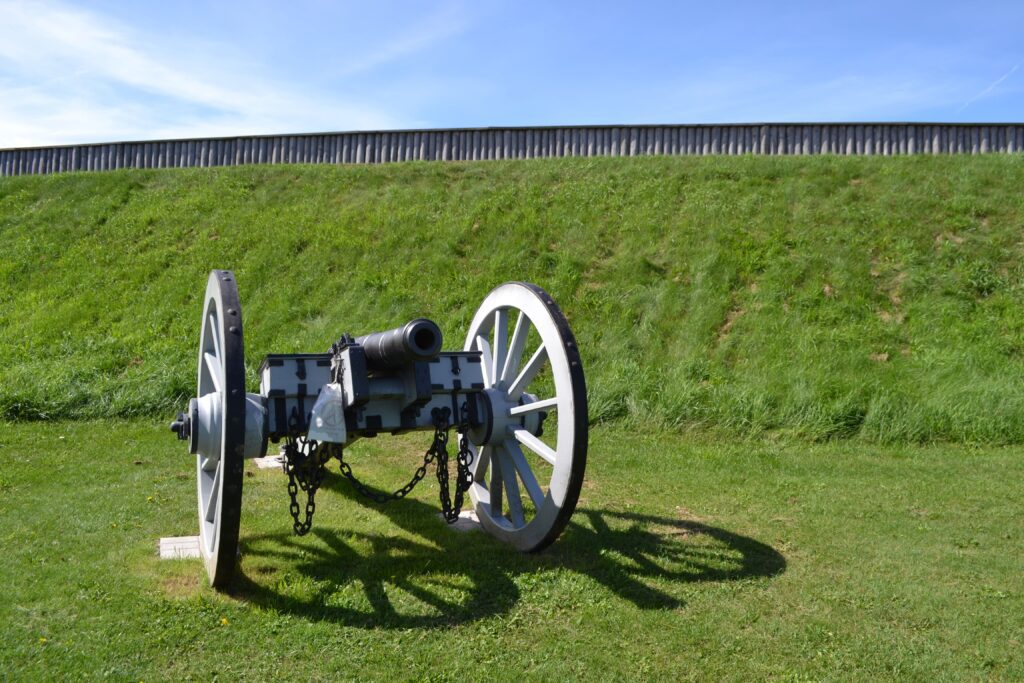
In 1925, Fort Wellington was recognized as a National Historic Site of Canada and became the first in Ontario to be managed by the federal government. Parks Canada now operates the fort, as well as the Battle of the Windmill National Historic Site.
While the “Fort Town” of Prescott was initially used as a strategic military site to protect the Canadian border against the Americans during a tumultuous time, it has since transformed into the delightful historic village we see today.


